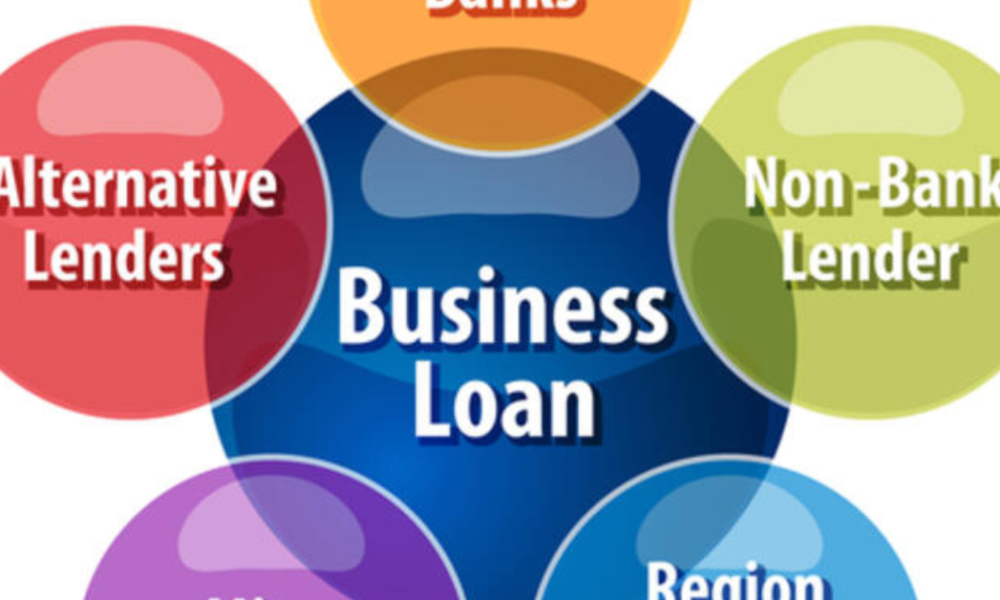
Alternative Lending Models
In today’s rapidly evolving financial landscape, alternative lending models have emerged as game-changers, revolutionizing the way individuals and businesses access financing. These innovative models have disrupted traditional lending practices by leveraging technology, data analytics, and new sources of capital. At Finaskills Consult, we recognize the power and potential of alternative lending models, and in this blog post, we’ll explore their benefits and impact on the financial industry.
1. Peer-to-Peer (P2P) Lending:
Peer-to-peer lending platforms connect borrowers directly with lenders, eliminating the need for traditional financial intermediaries. P2P lending offers numerous advantages, including faster loan processing, lower interest rates, and increased transparency. By leveraging technology, these platforms assess borrowers’ creditworthiness and match them with individual or institutional lenders who are willing to fund their loans. P2P lending promotes financial inclusion by providing access to capital for individuals or small businesses that may have been overlooked by traditional lenders.
2. Crowdfunding:
Crowdfunding platforms have gained popularity as an alternative financing option for entrepreneurs, startups, and social initiatives. By pooling small contributions from a large number of individuals or investors, crowdfunding enables projects and businesses to raise capital. This model offers benefits such as access to a wider investor base, market validation, and the potential for generating buzz and community support. Crowdfunding platforms provide a space for innovative ideas and ventures that may not meet traditional lending criteria.
3. Invoice Financing:
Invoice financing allows businesses to access working capital by selling their outstanding invoices to financial institutions or alternative lenders. This model provides immediate cash flow by unlocking funds tied up in unpaid invoices. Invoice financing helps businesses manage their cash flow effectively, bridge payment gaps, and avoid delays in receiving payments from customers. By leveraging the value of outstanding invoices, businesses can access capital quickly without the need for lengthy approval processes.
4. Merchant Cash Advances:
Merchant cash advances offer an alternative to traditional business loans by providing upfront cash in exchange for a percentage of future sales. This model is particularly useful for businesses in the retail and hospitality sectors that experience fluctuating revenue streams. Merchant cash advances provide quick access to capital without the need for collateral or extensive credit checks. Repayment is made through a portion of future sales, providing flexibility for businesses during slower periods.
5. Online Lending Platforms:
Online lending platforms have emerged as a convenient and efficient alternative to traditional banks. These platforms leverage technology and data analytics to streamline loan application processes, assess creditworthiness, and provide quick loan approvals. Online lenders often cater to individuals or small businesses that may have difficulty accessing financing through traditional channels. By embracing technology and automation, online lending platforms offer convenience, speed, and accessibility to borrowers.
Conclusion:
Alternative lending models have transformed the financial landscape by providing innovative solutions to the longstanding challenges of accessing financing. These models promote financial inclusion, offer faster processing times, and leverage technology to assess creditworthiness efficiently. At Finaskills Consult, we recognize the potential of alternative lending models and their ability to empower individuals and businesses with greater access to capital. Embrace the opportunities presented by these alternative lending models, and let Finaskills Consult be your trusted partner in navigating the evolving landscape of financing.
